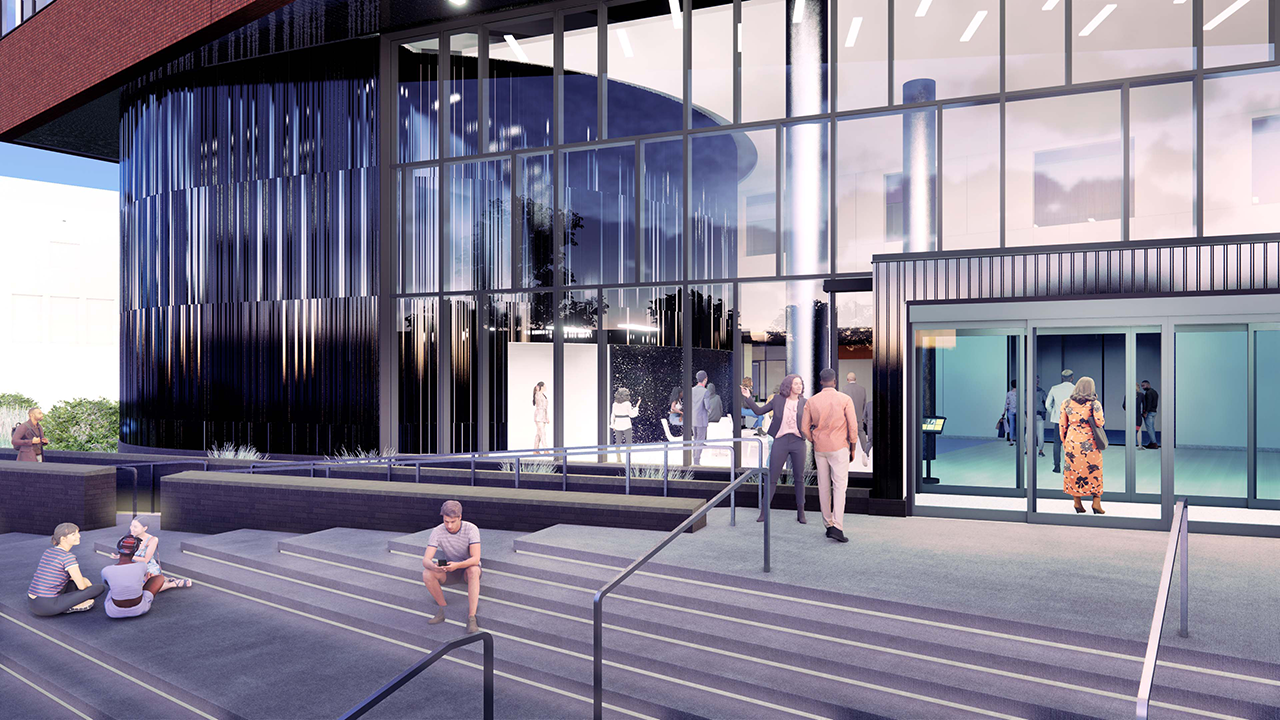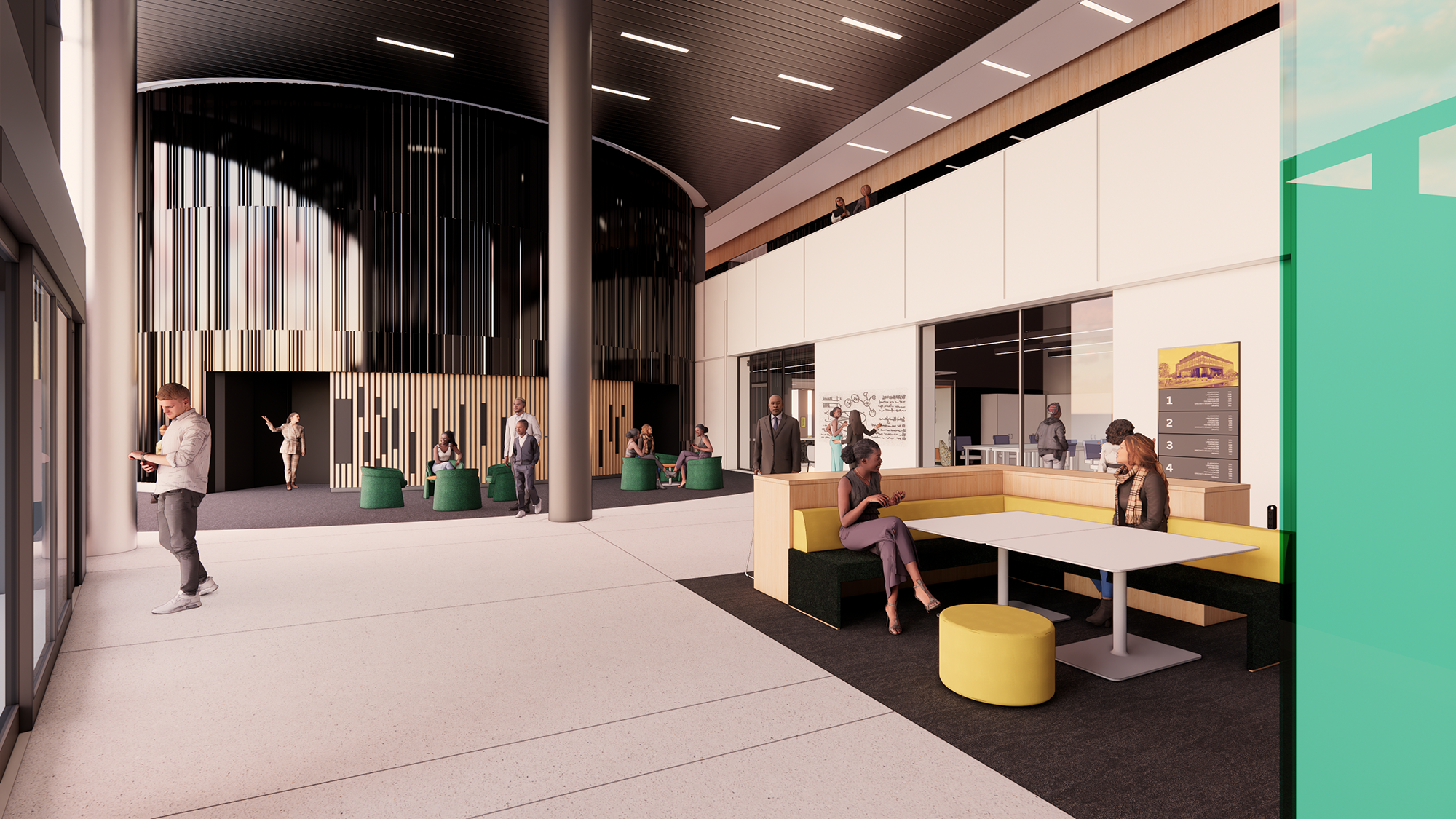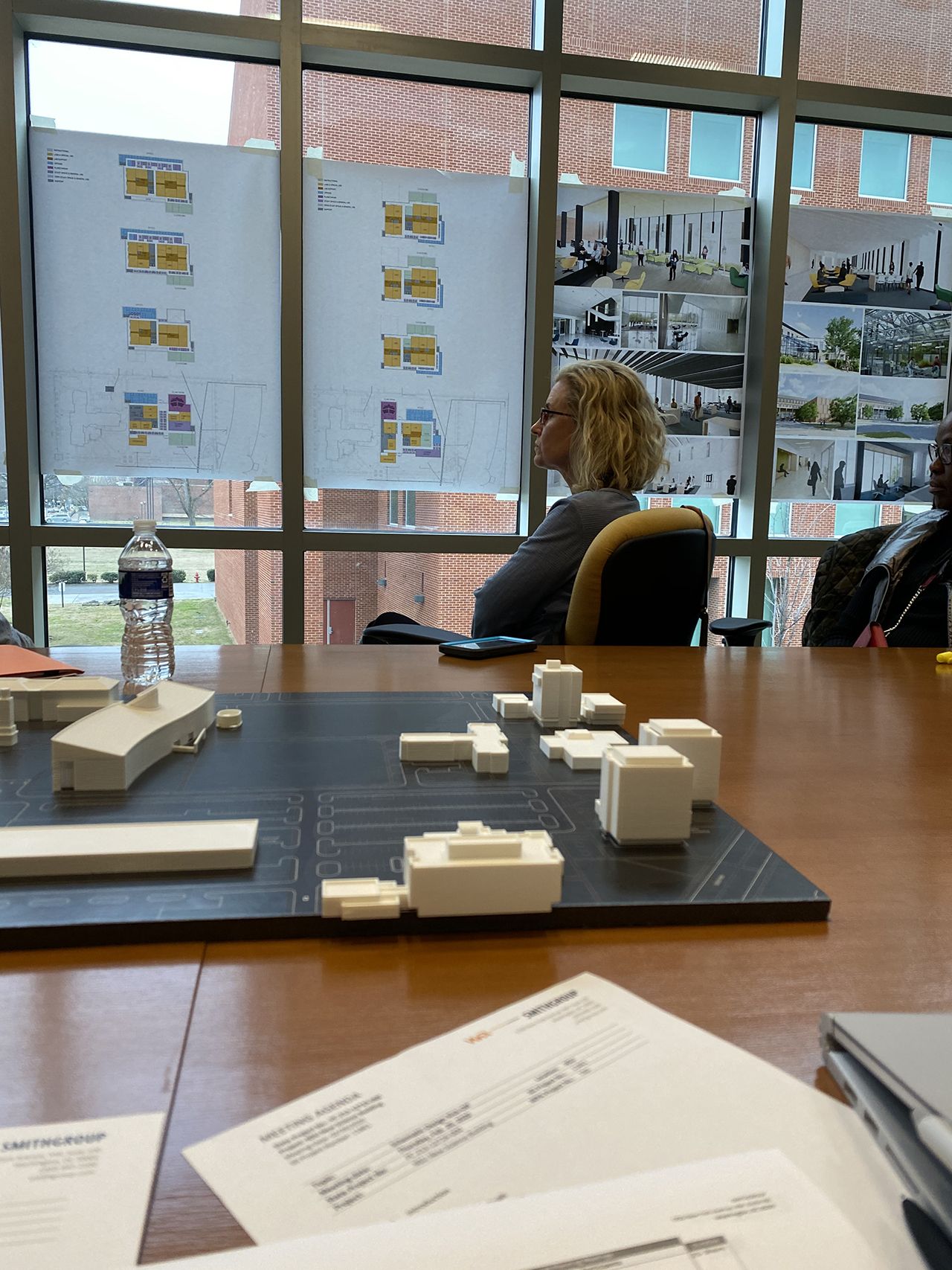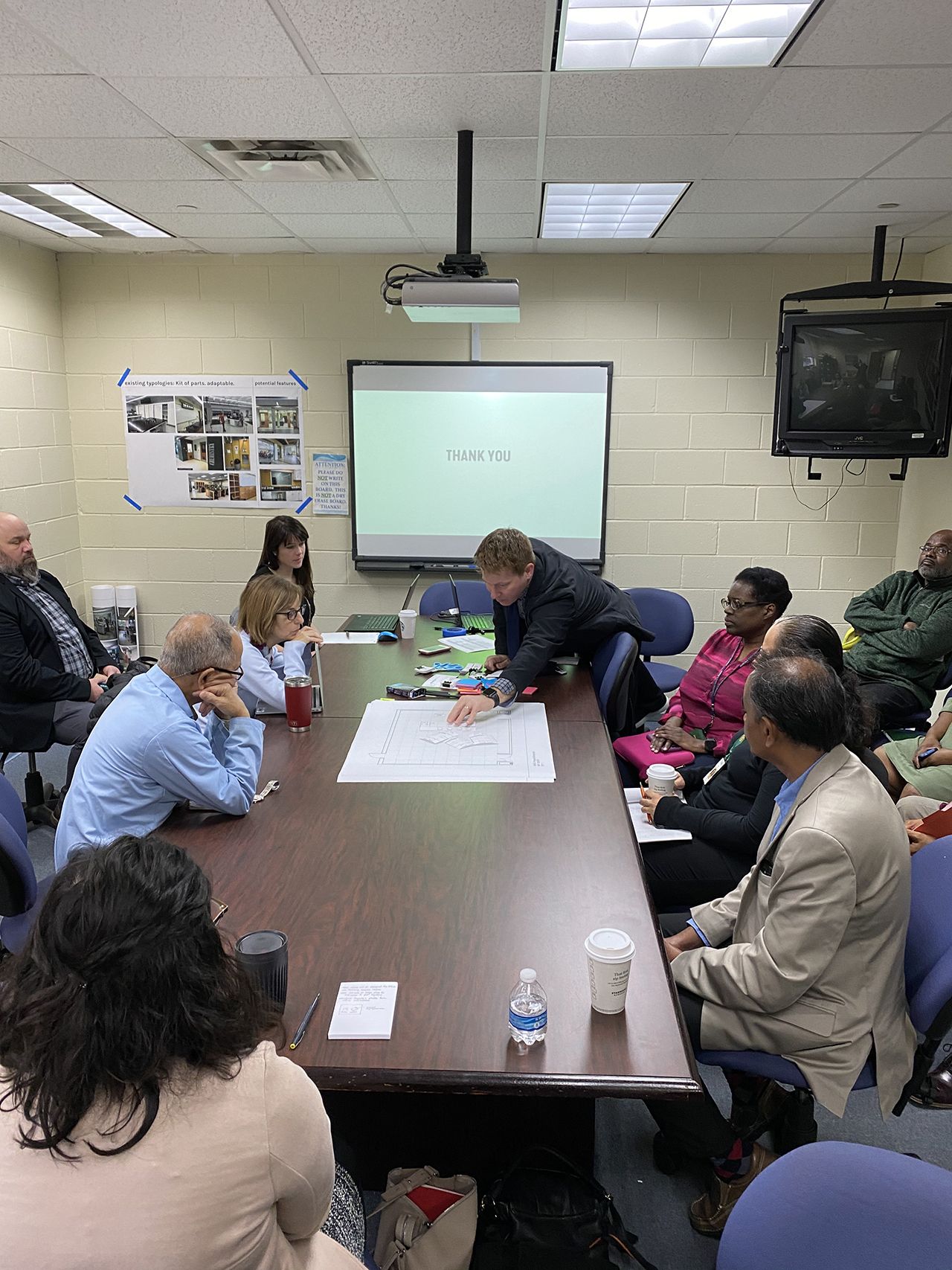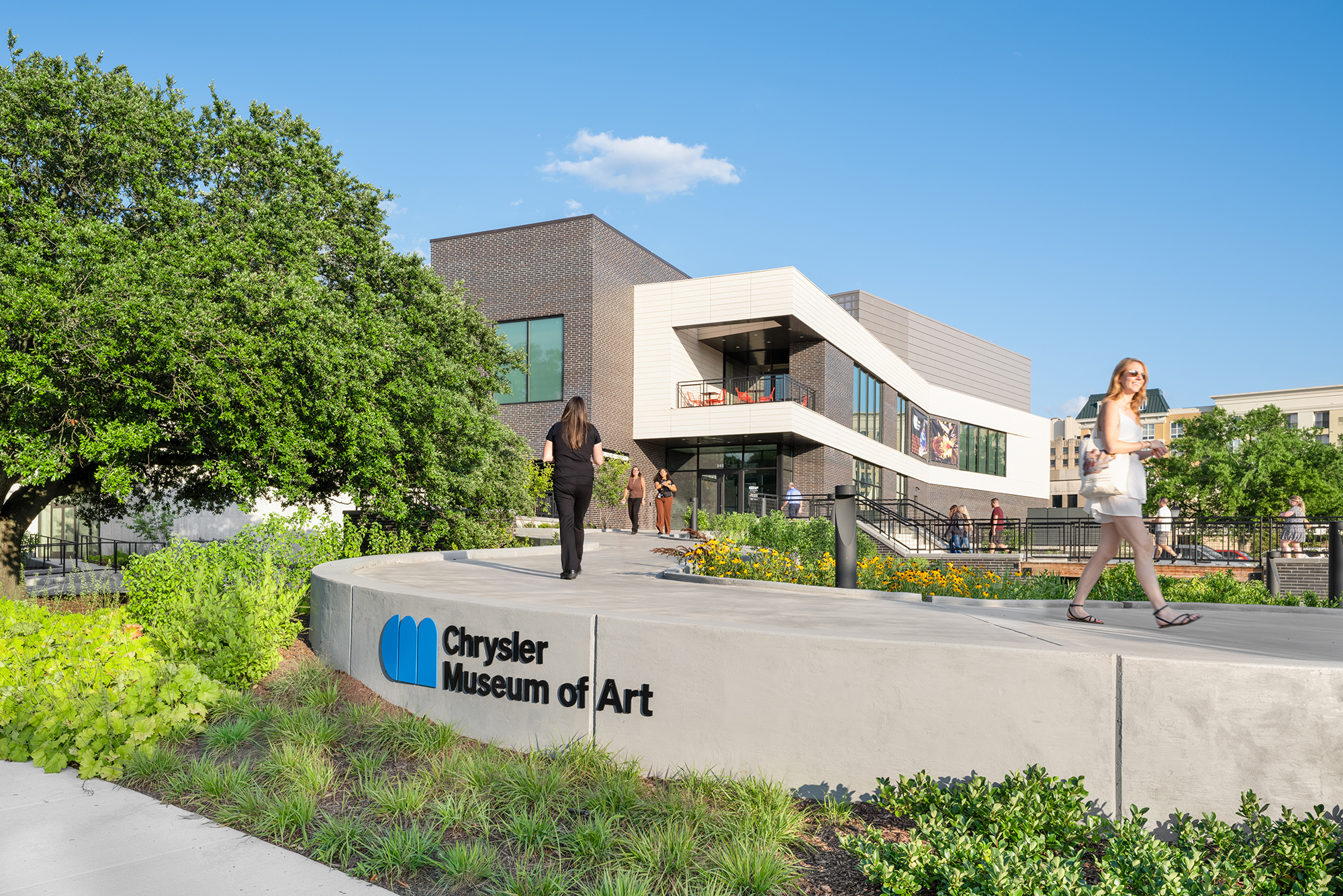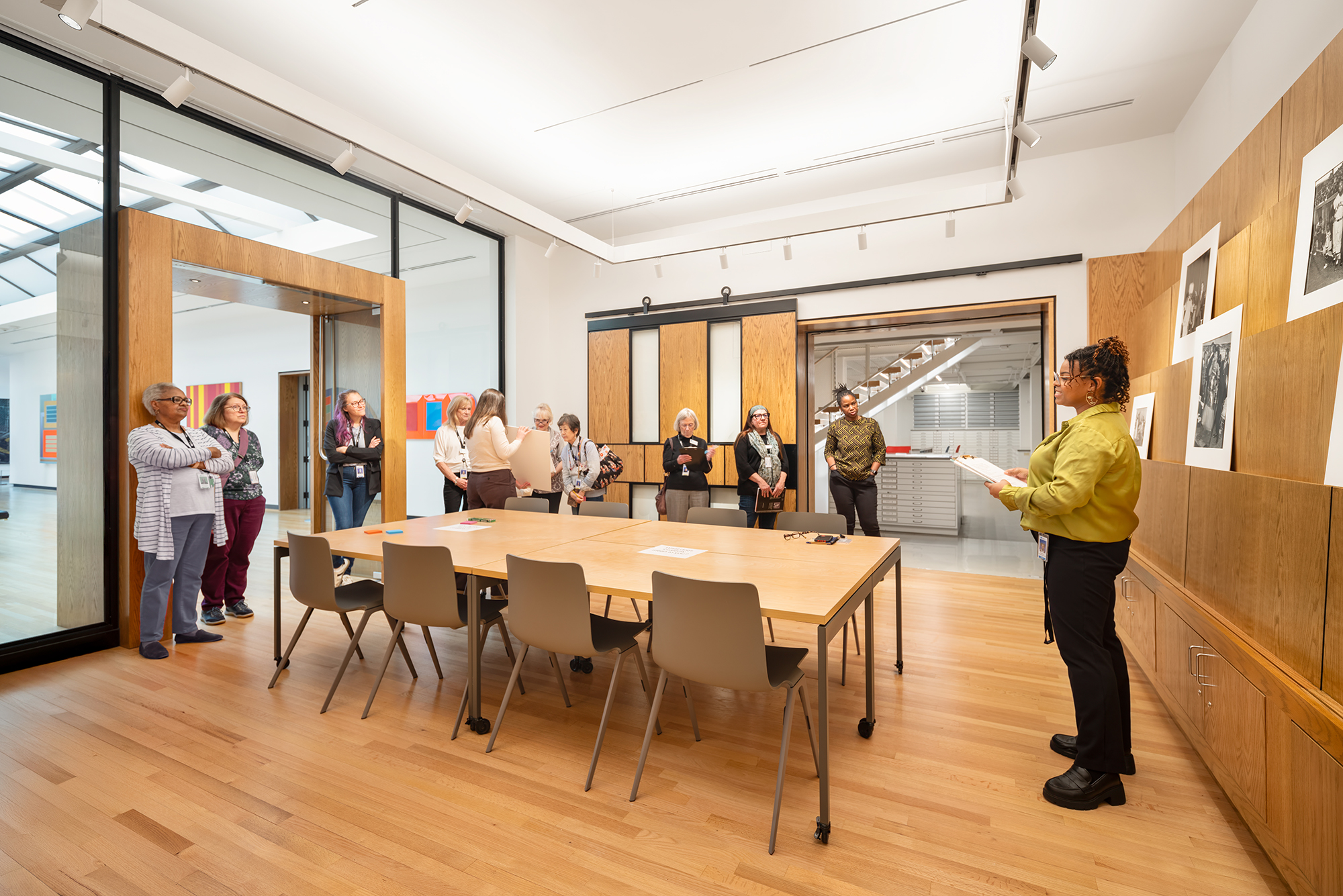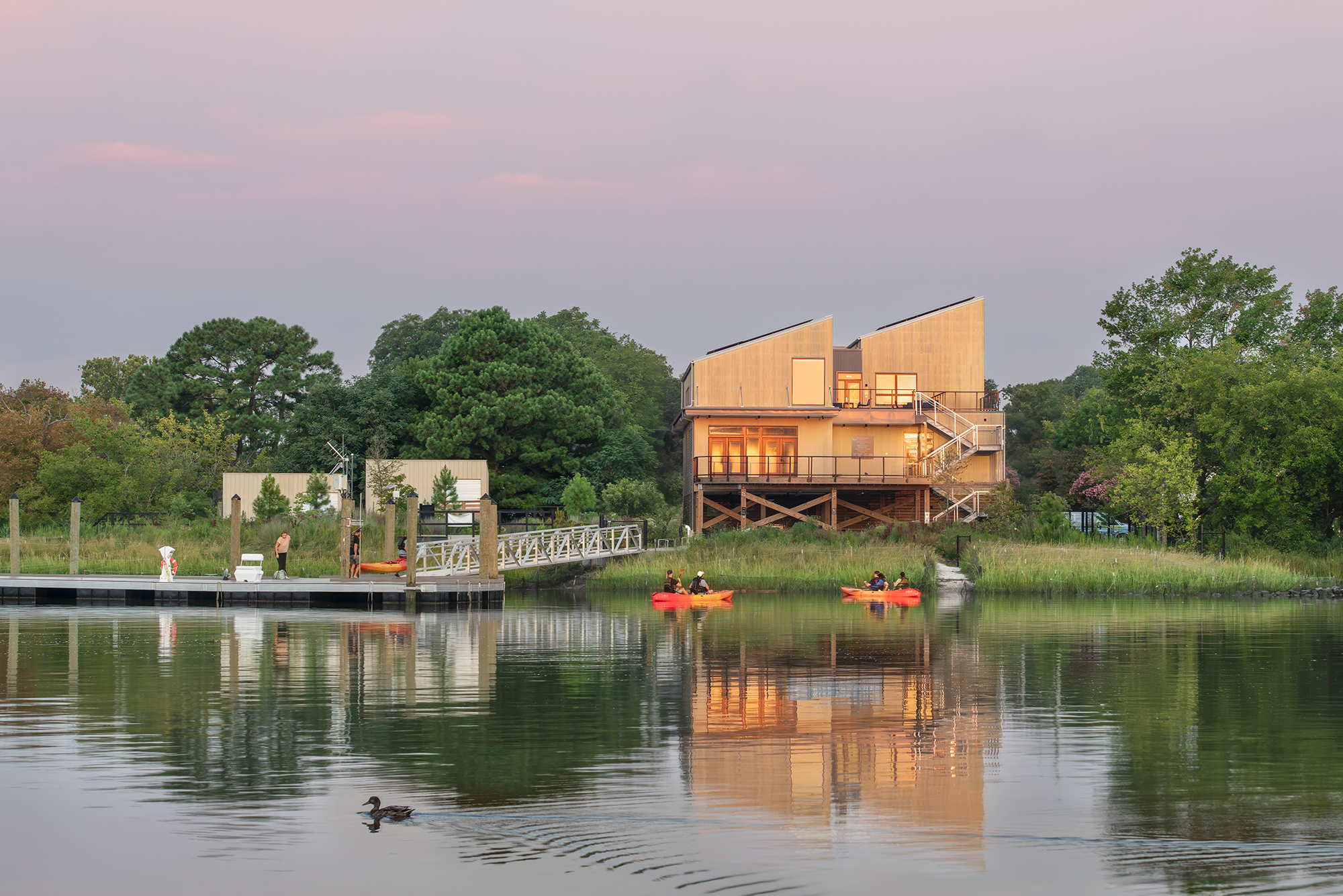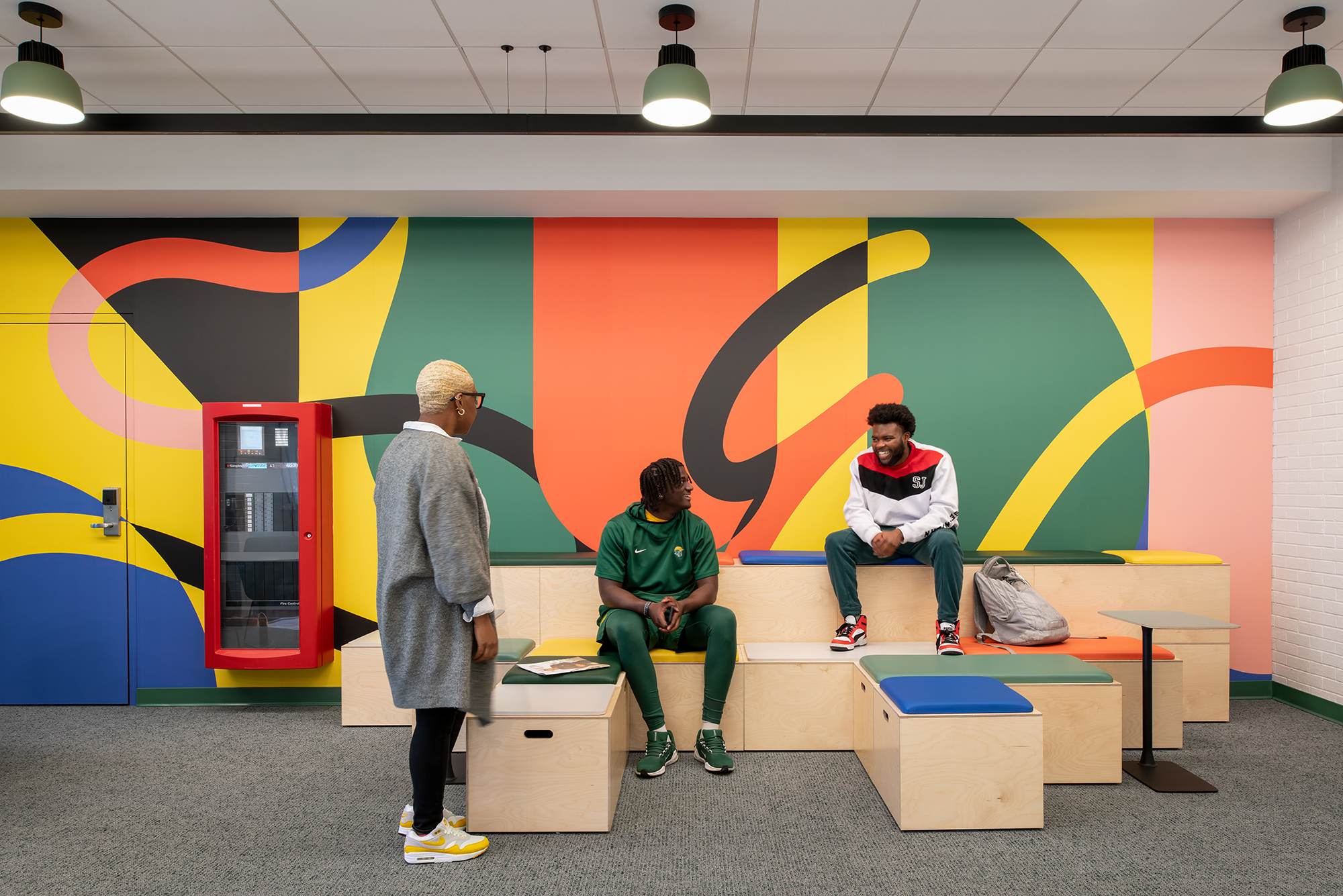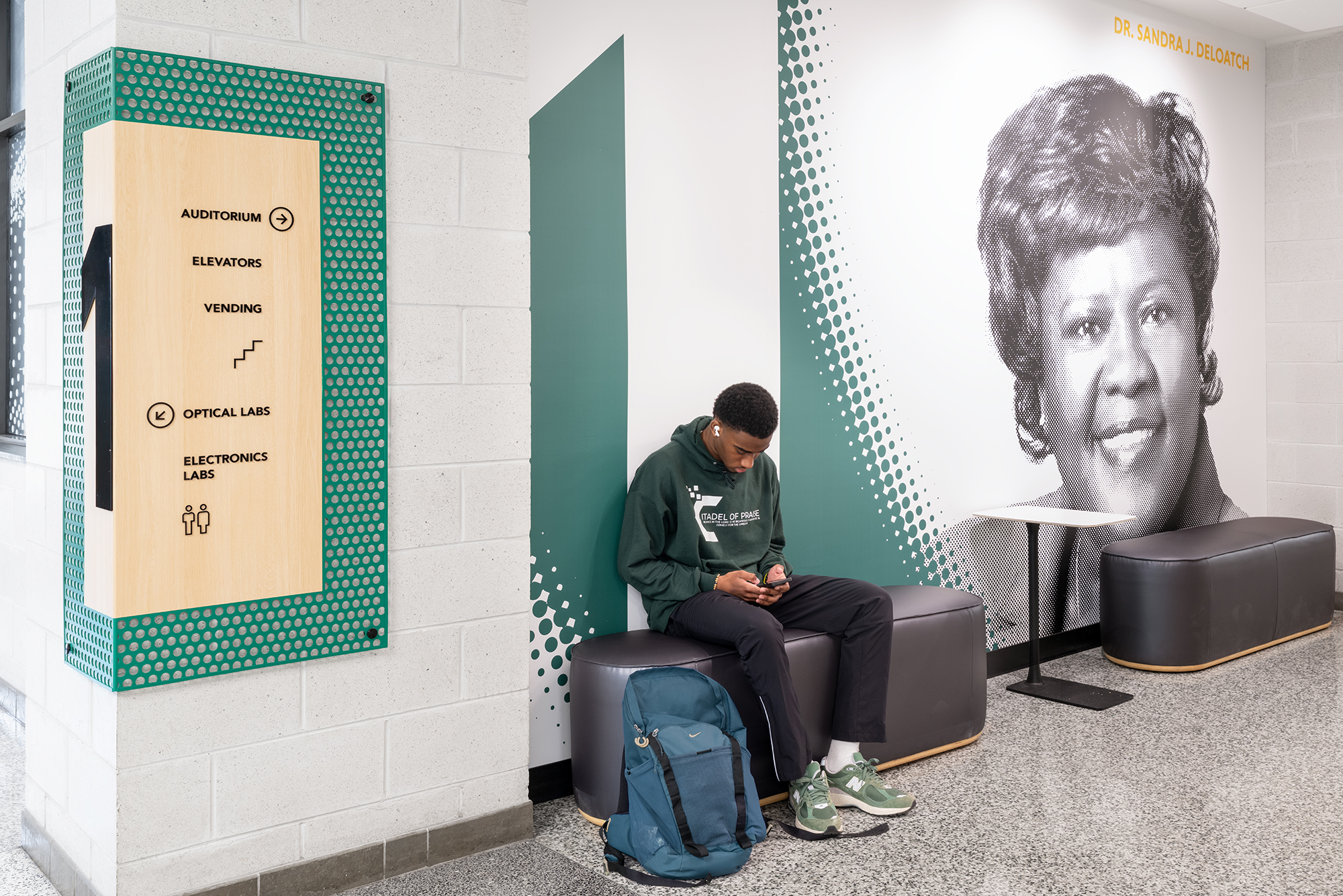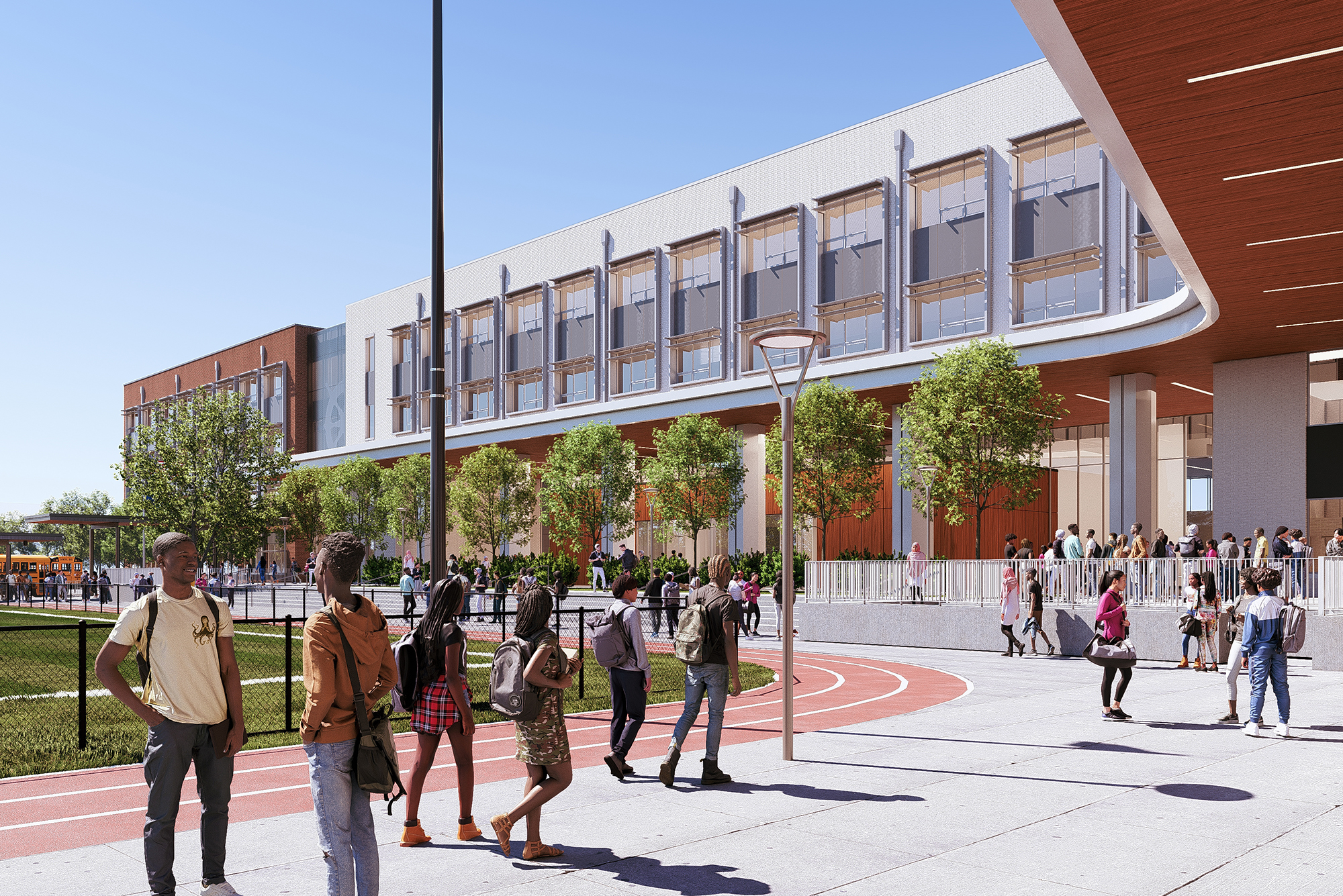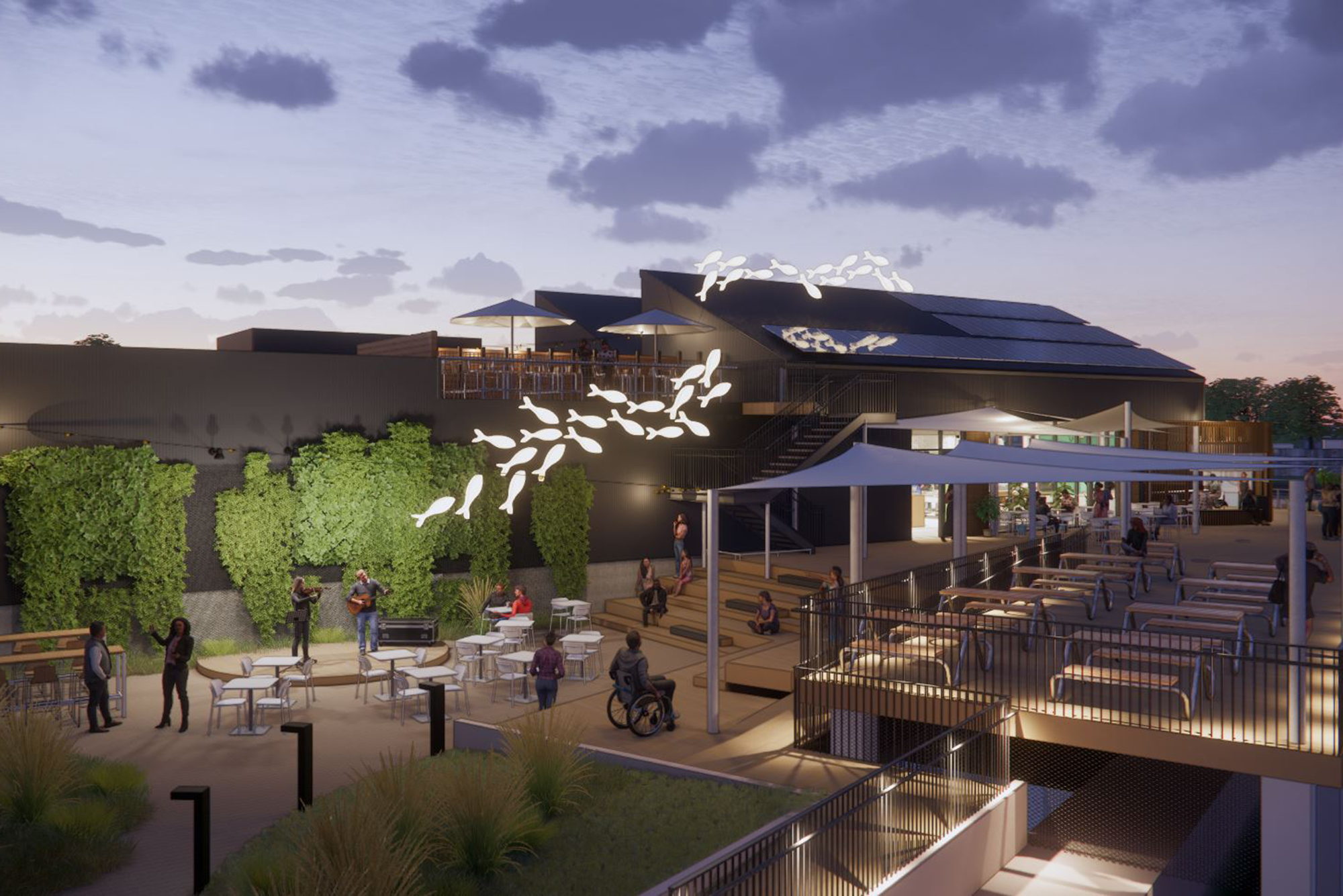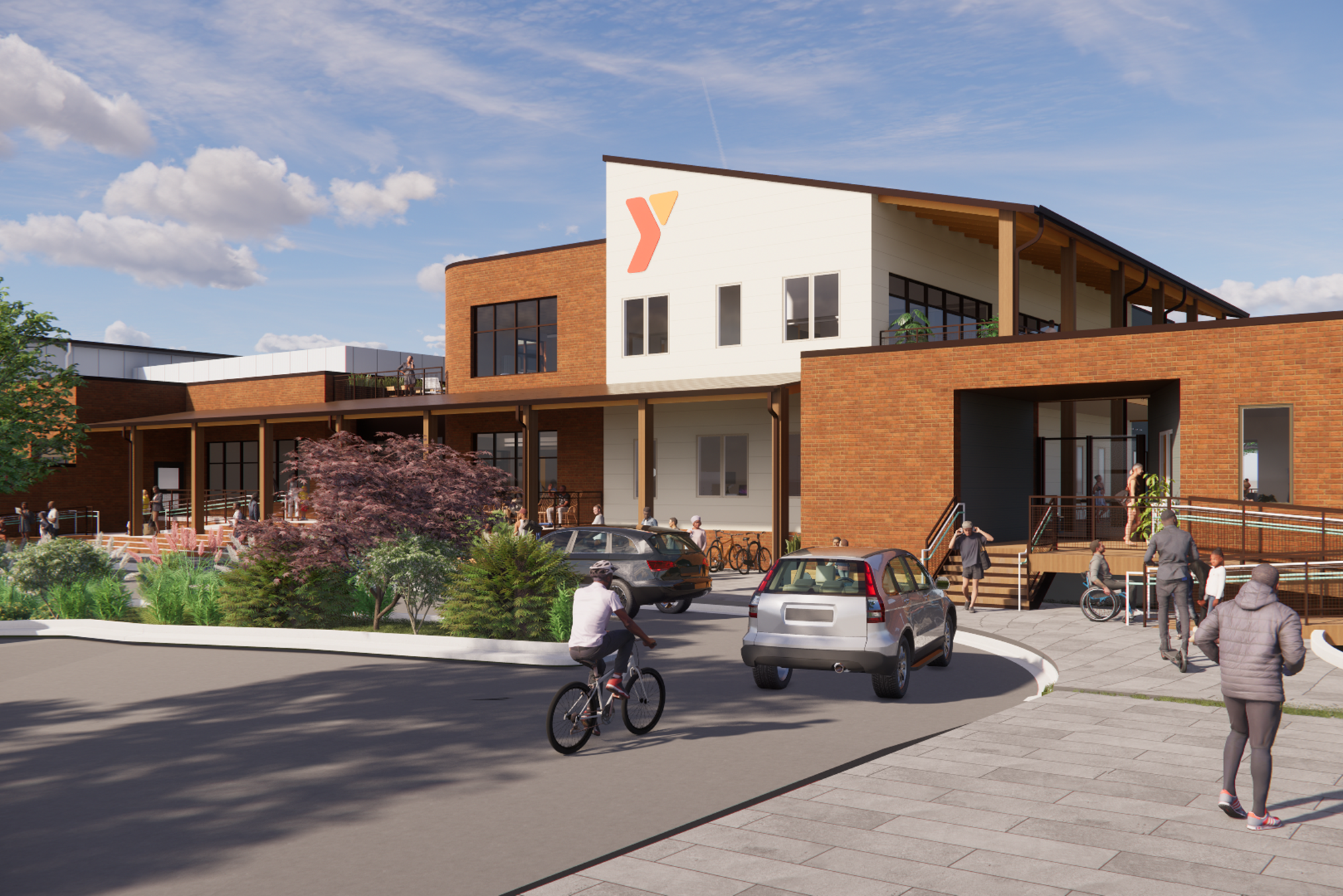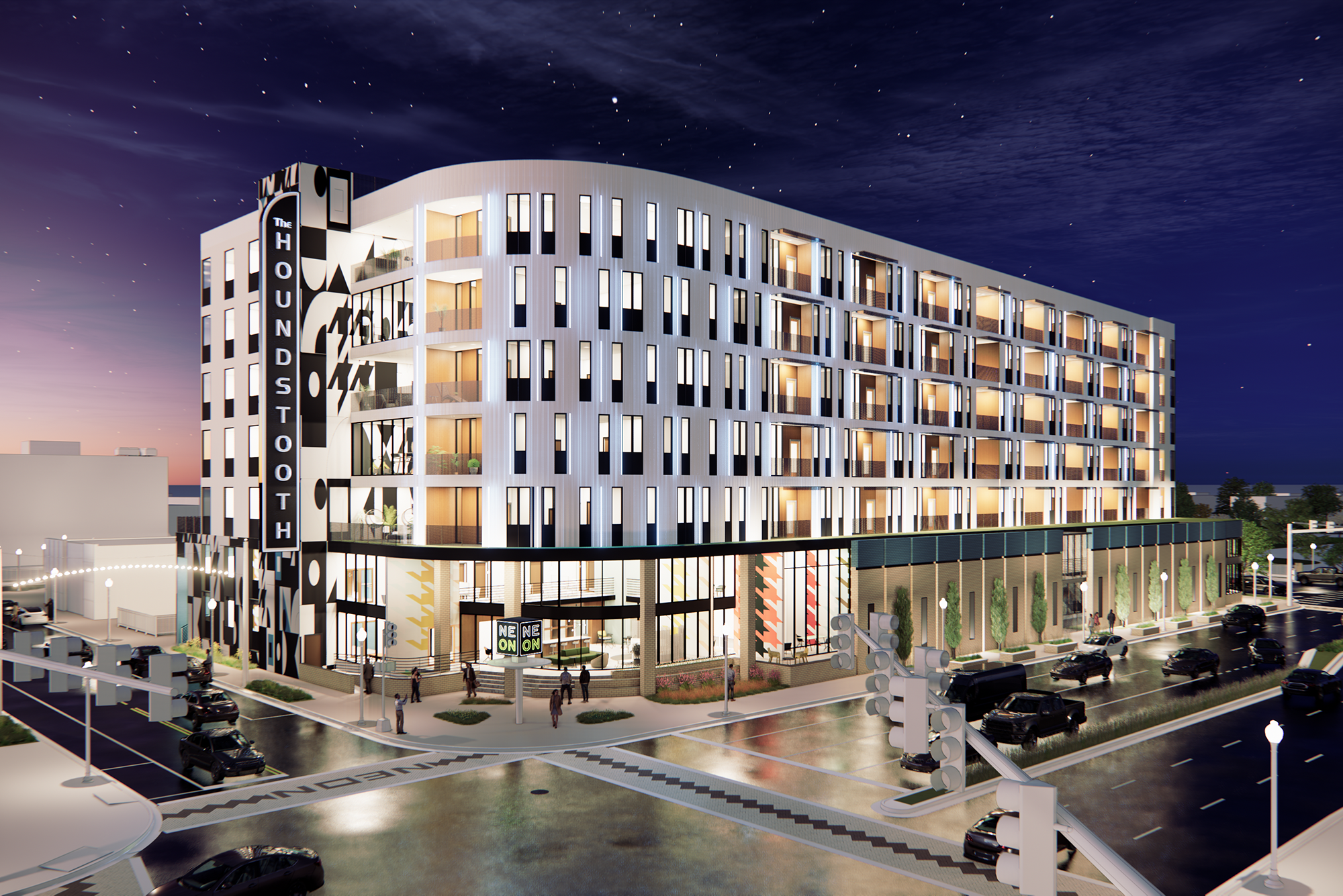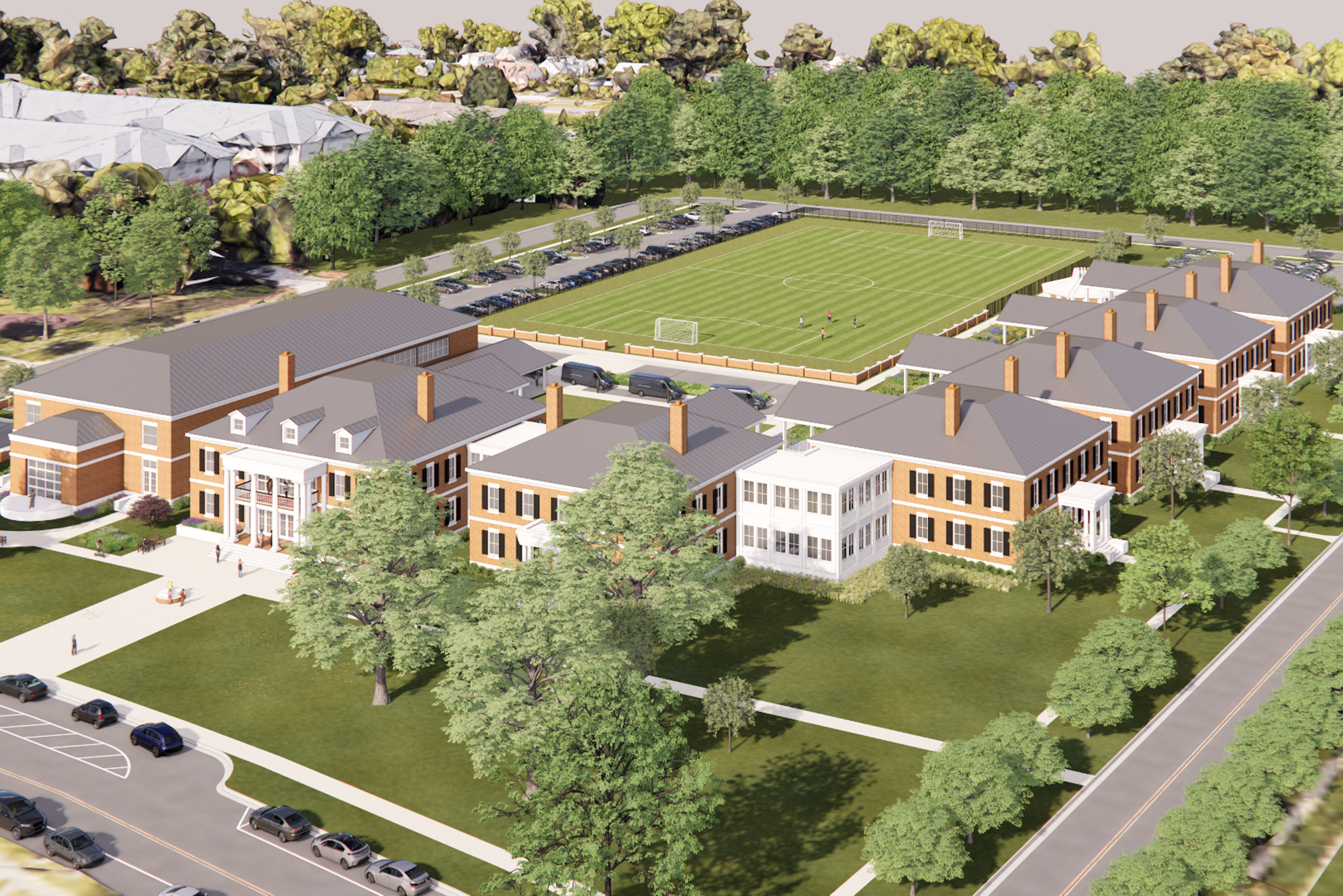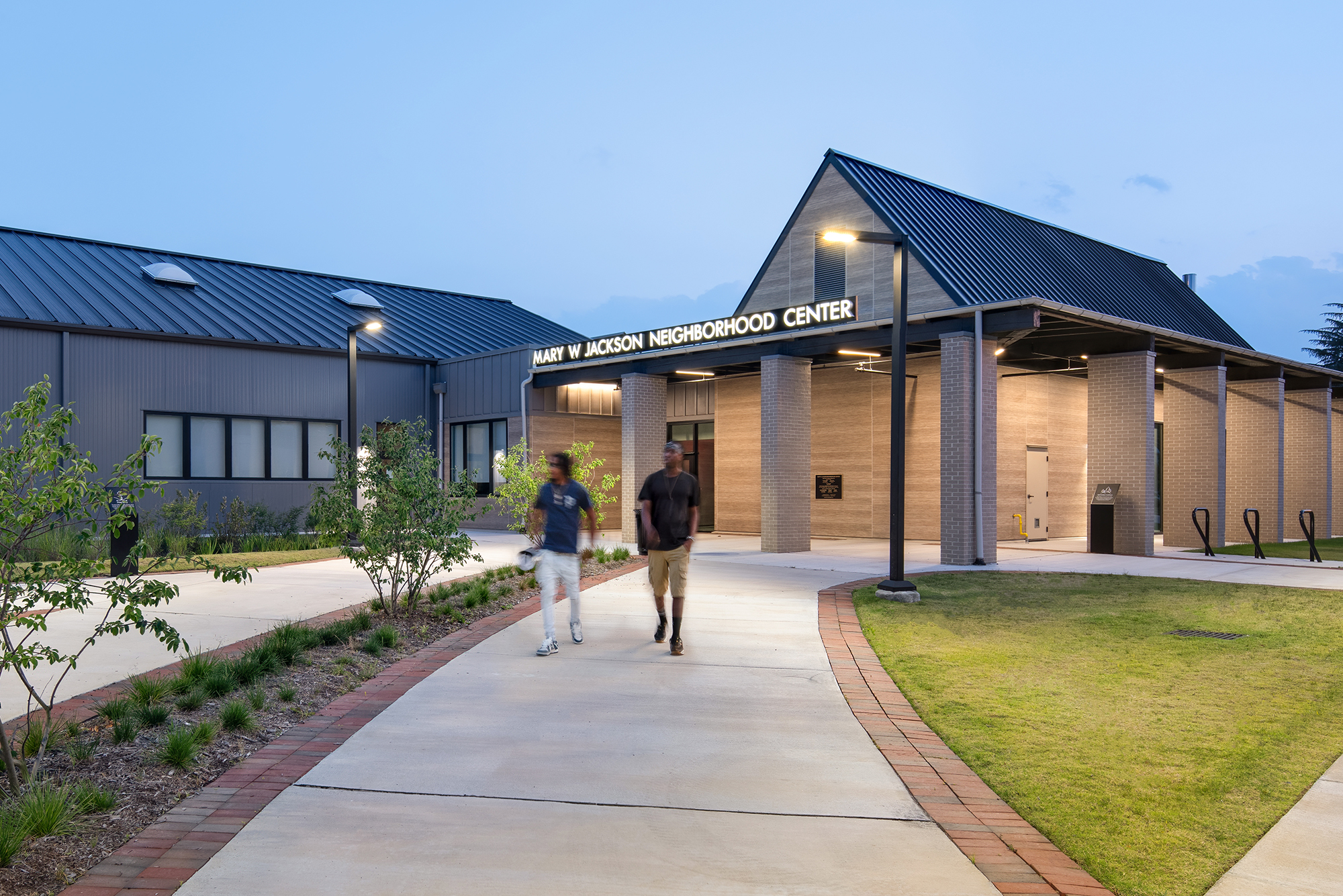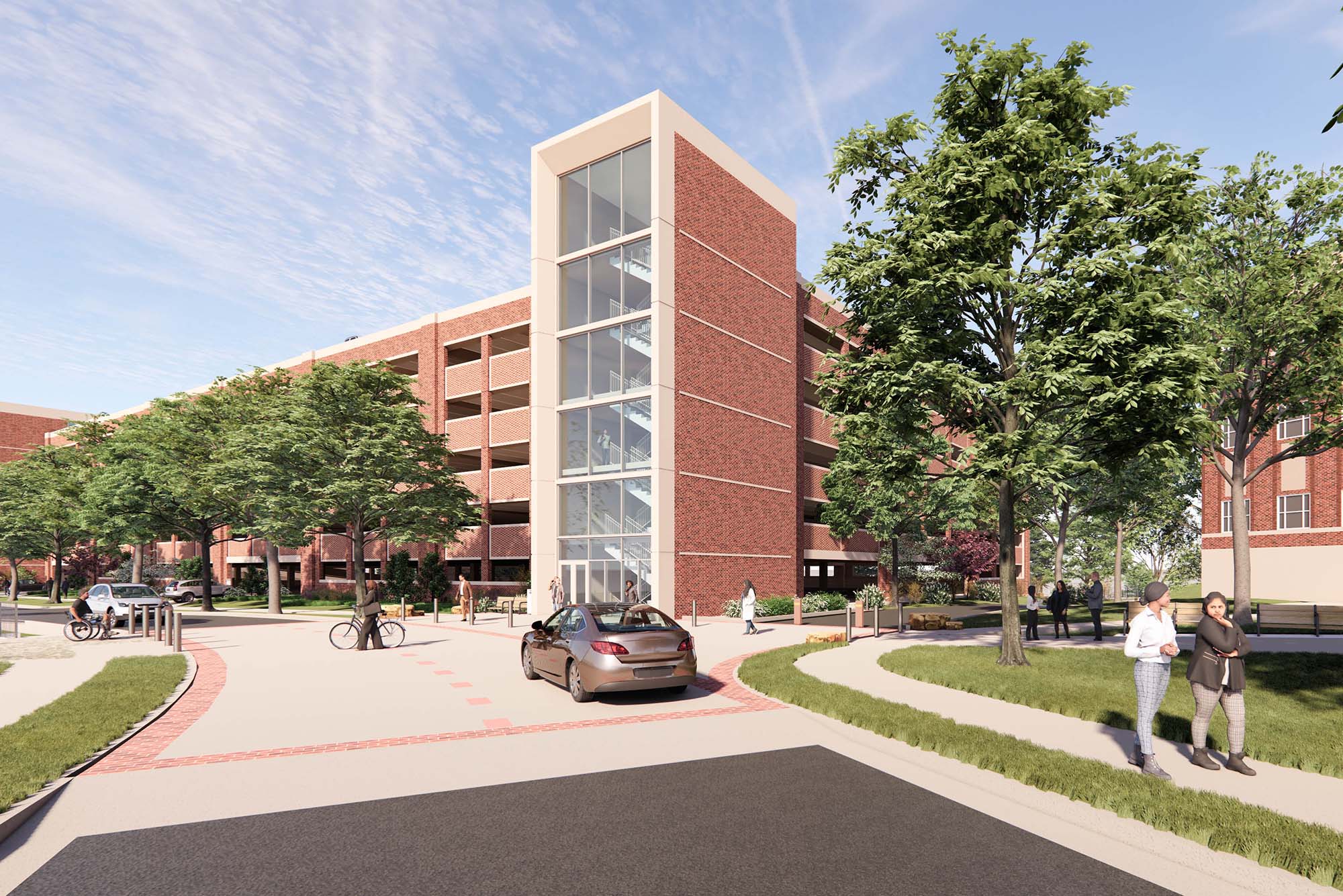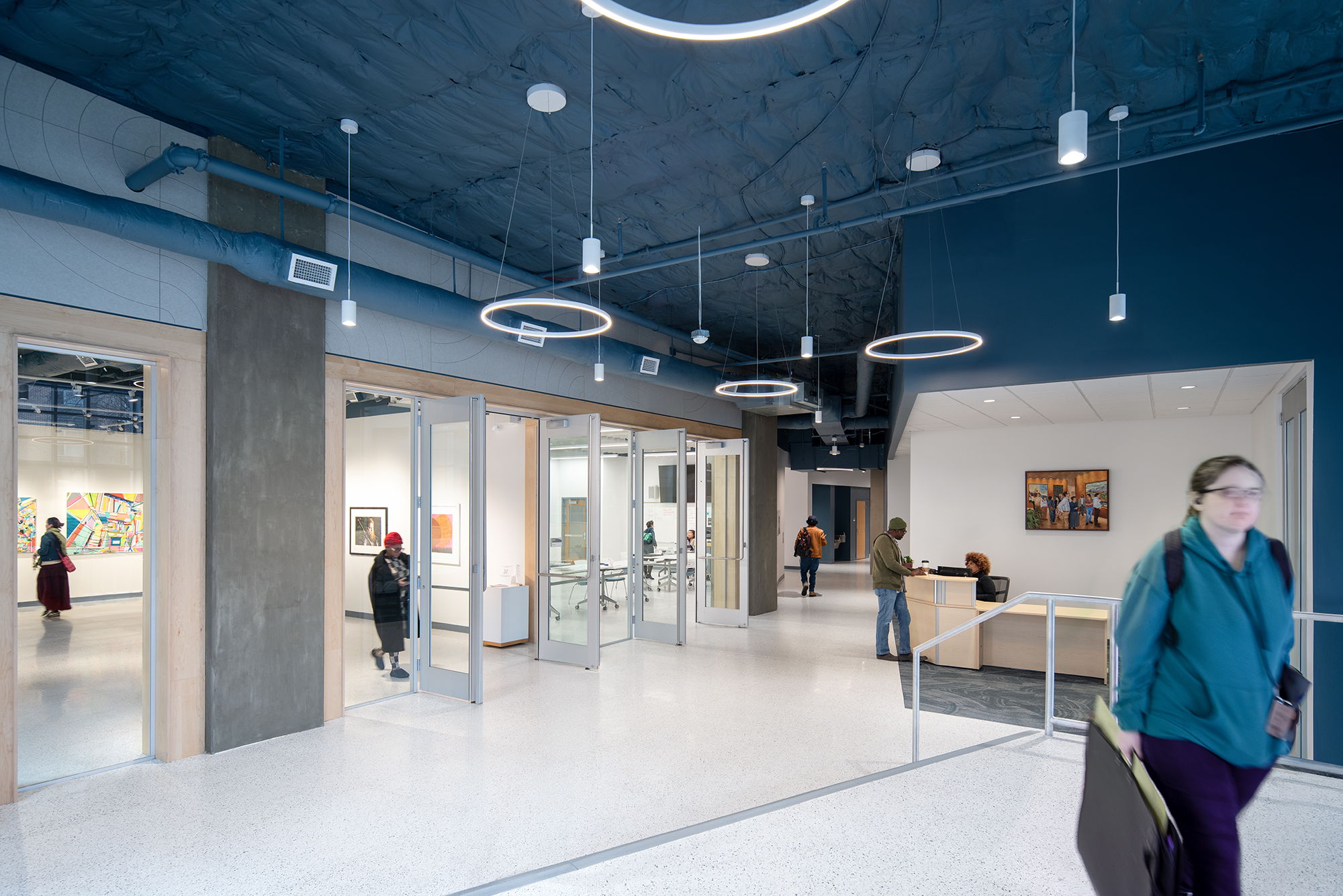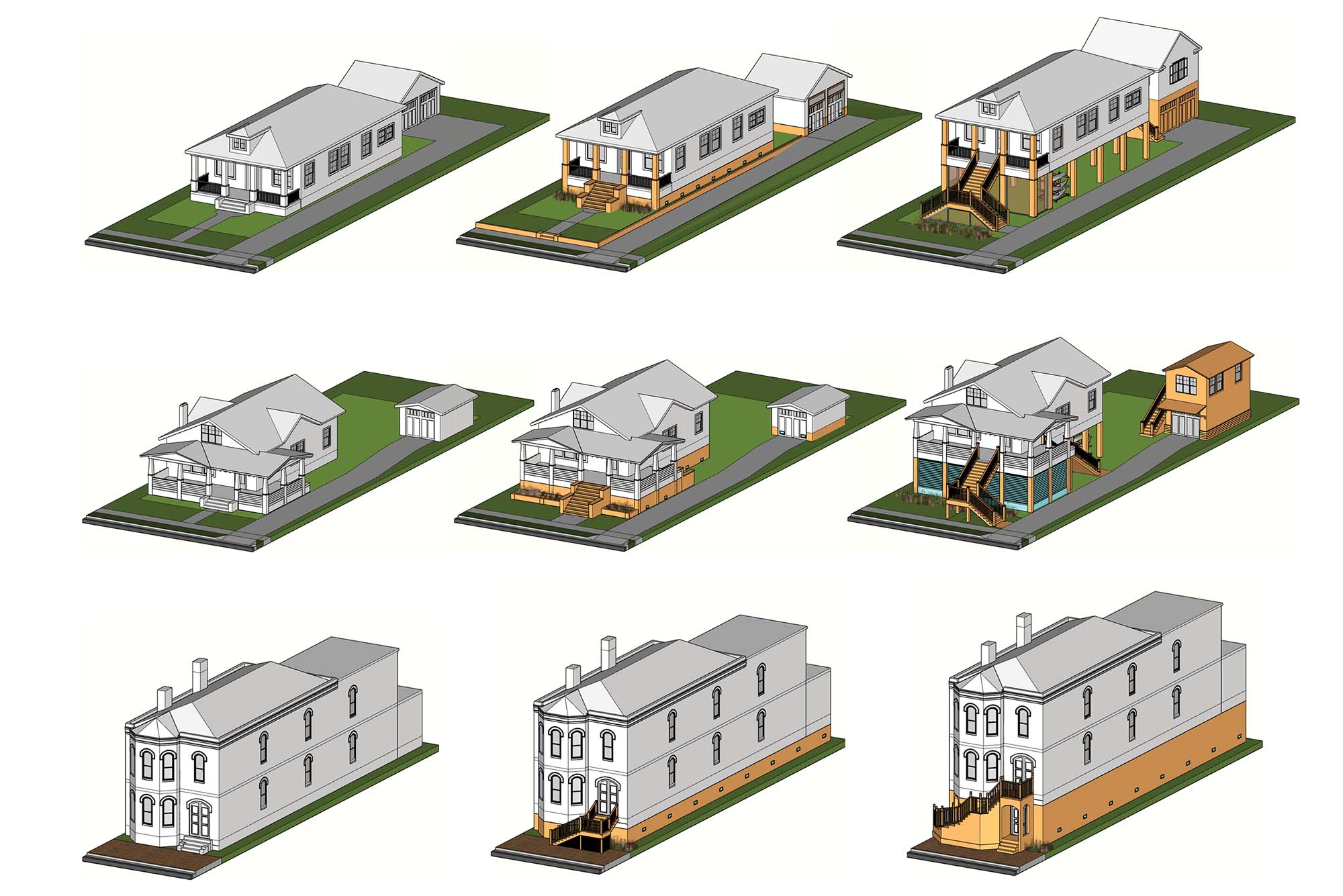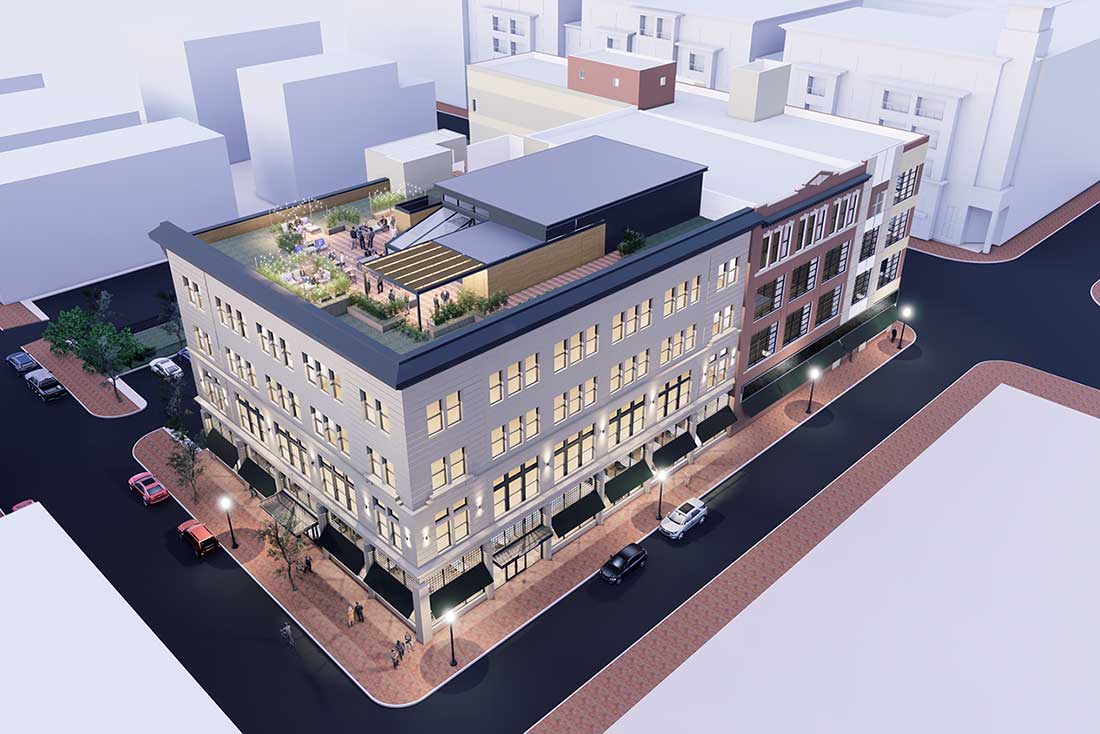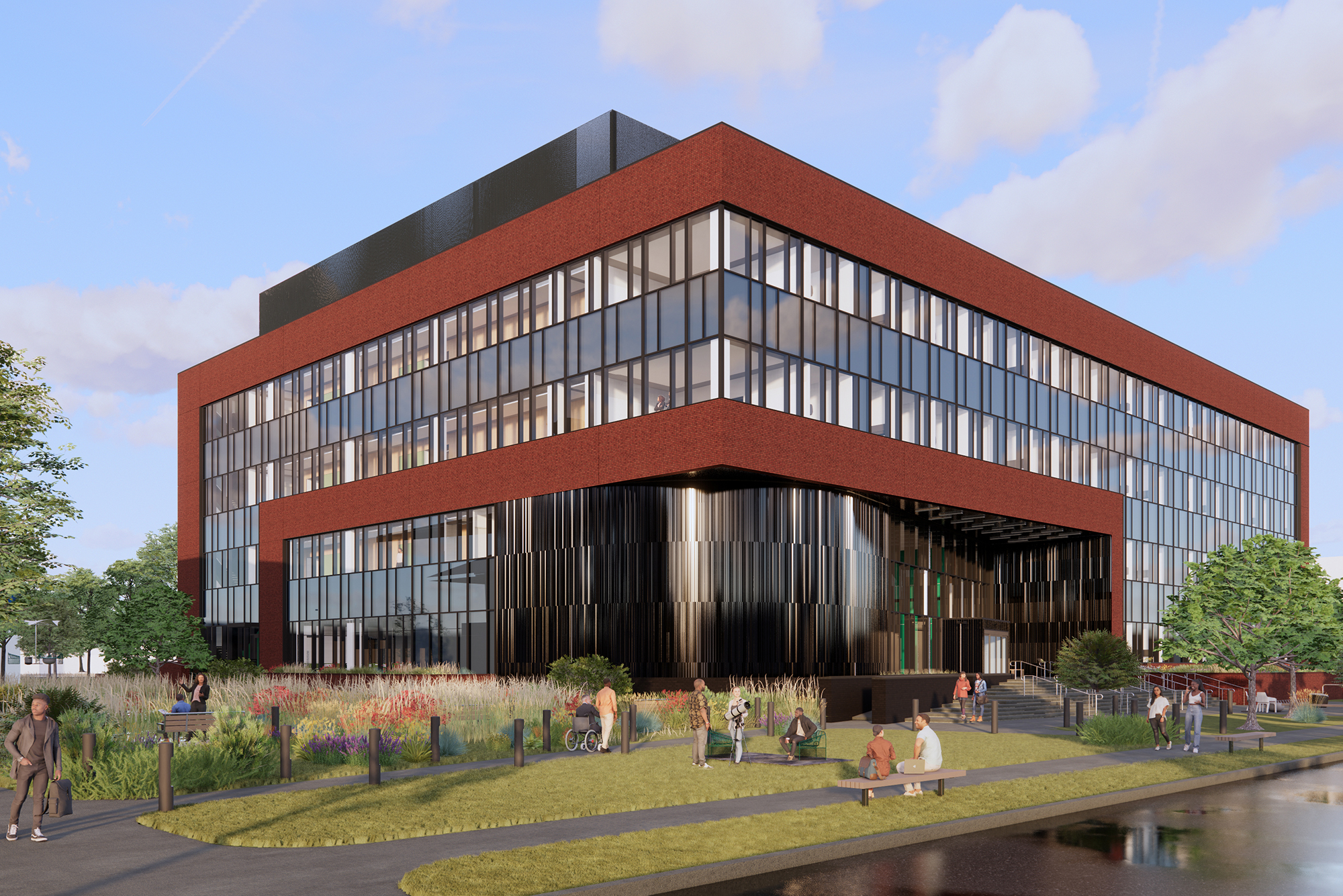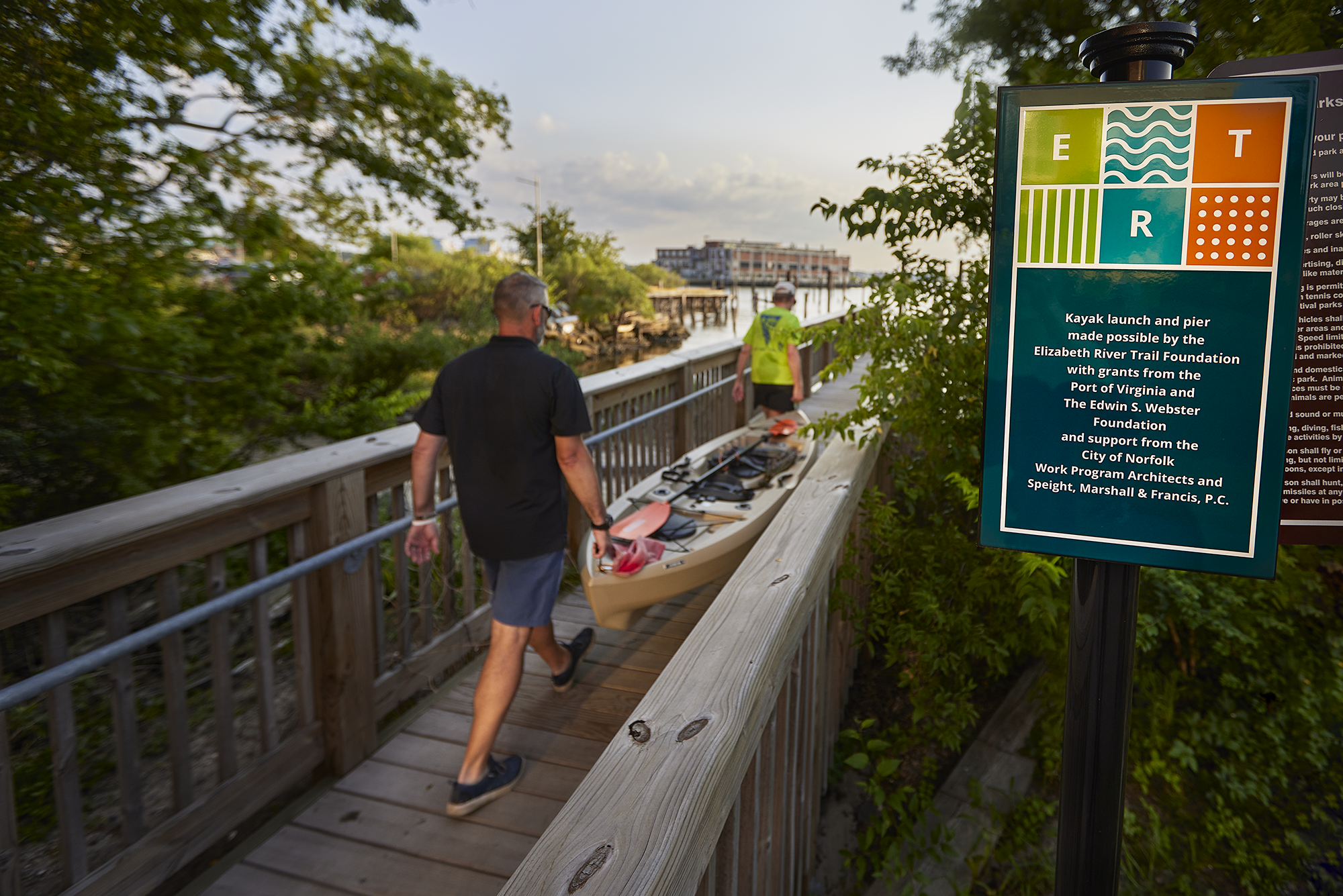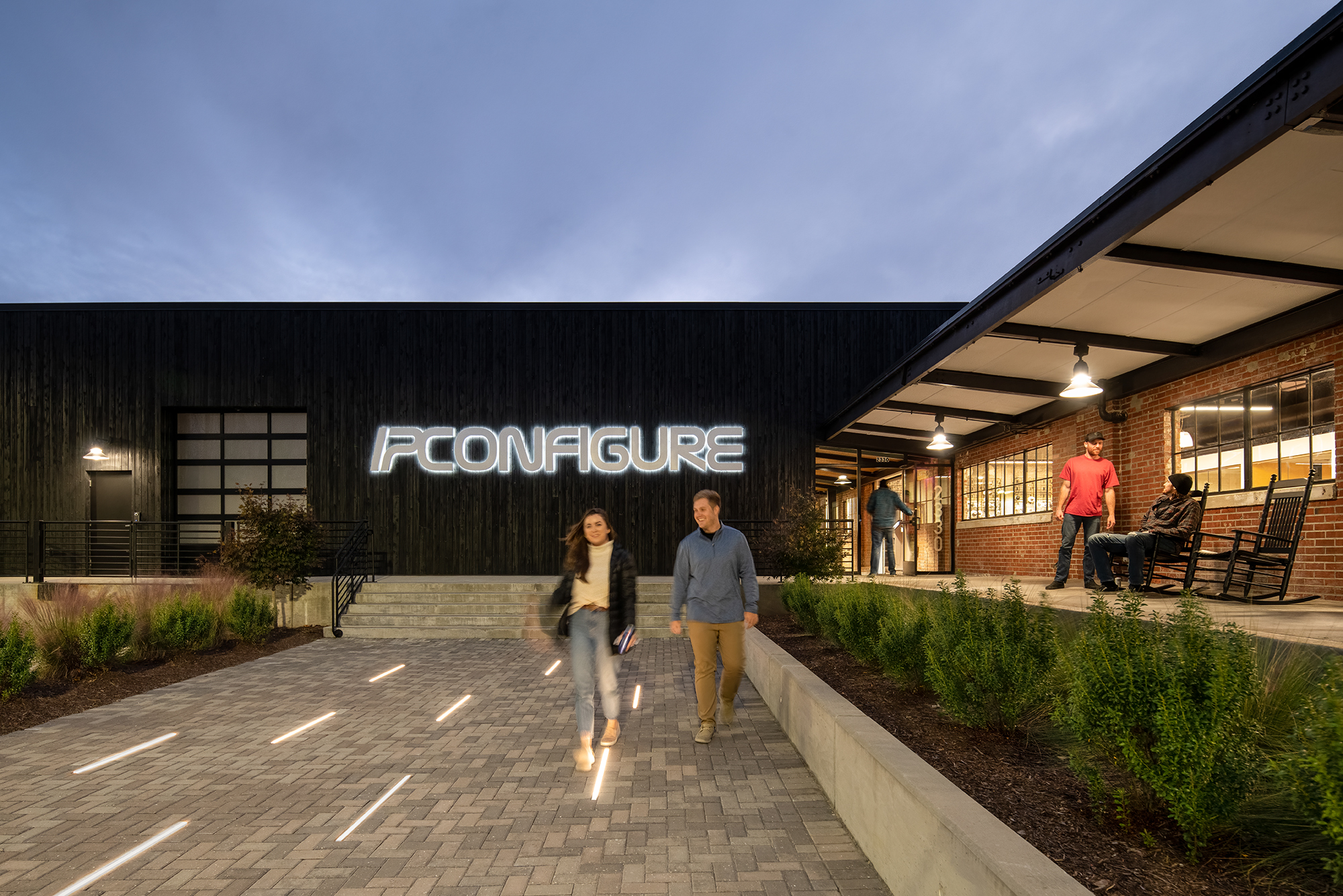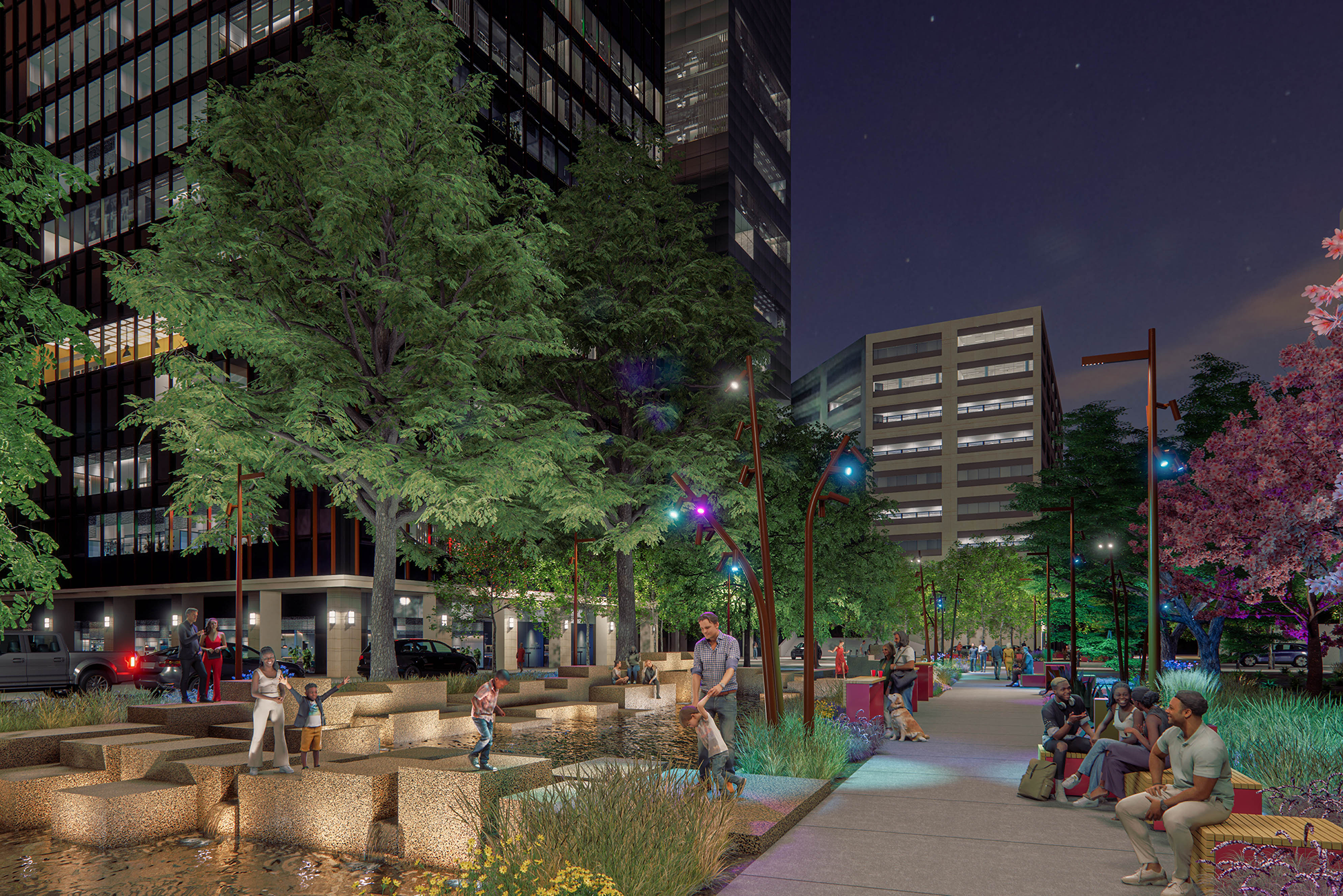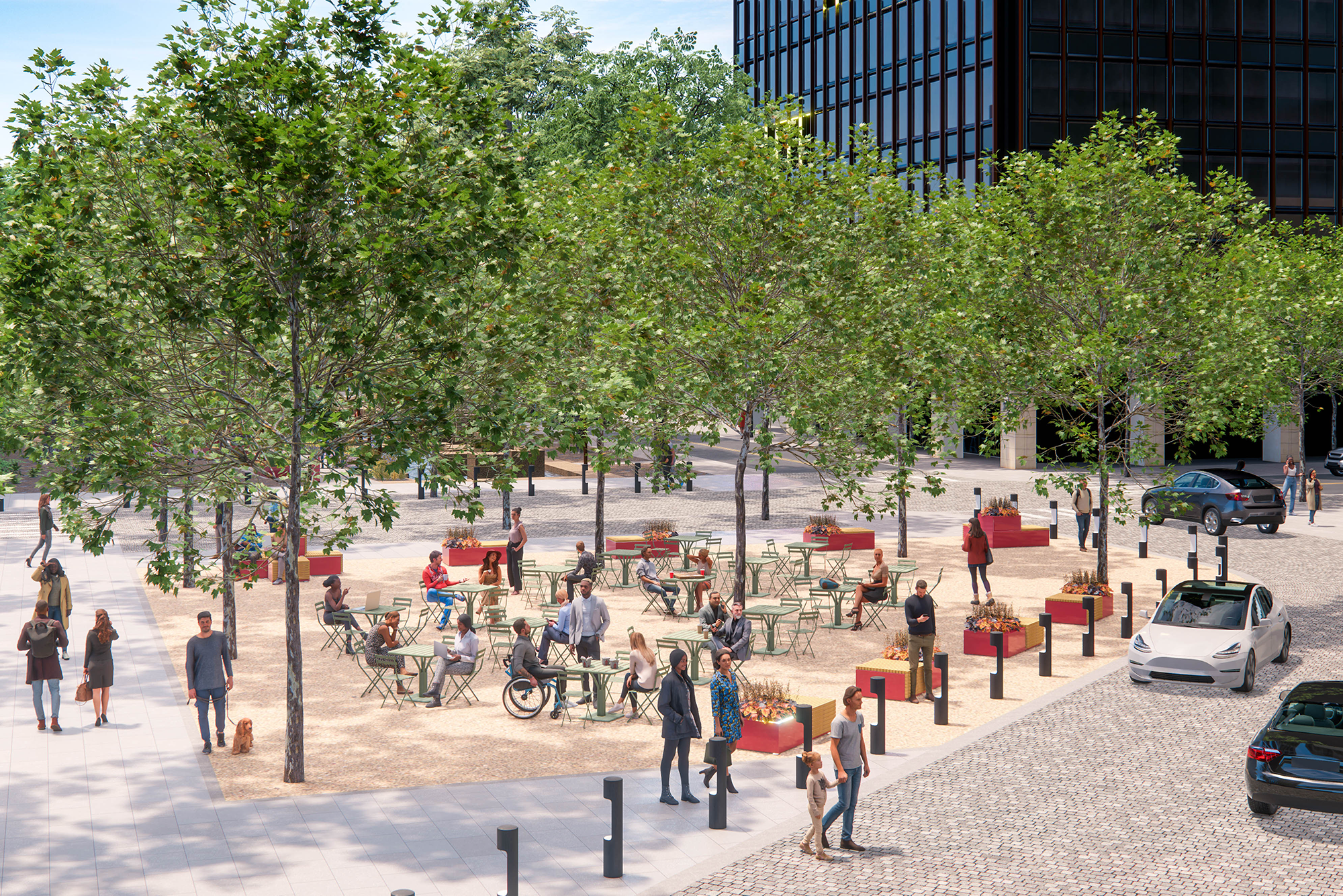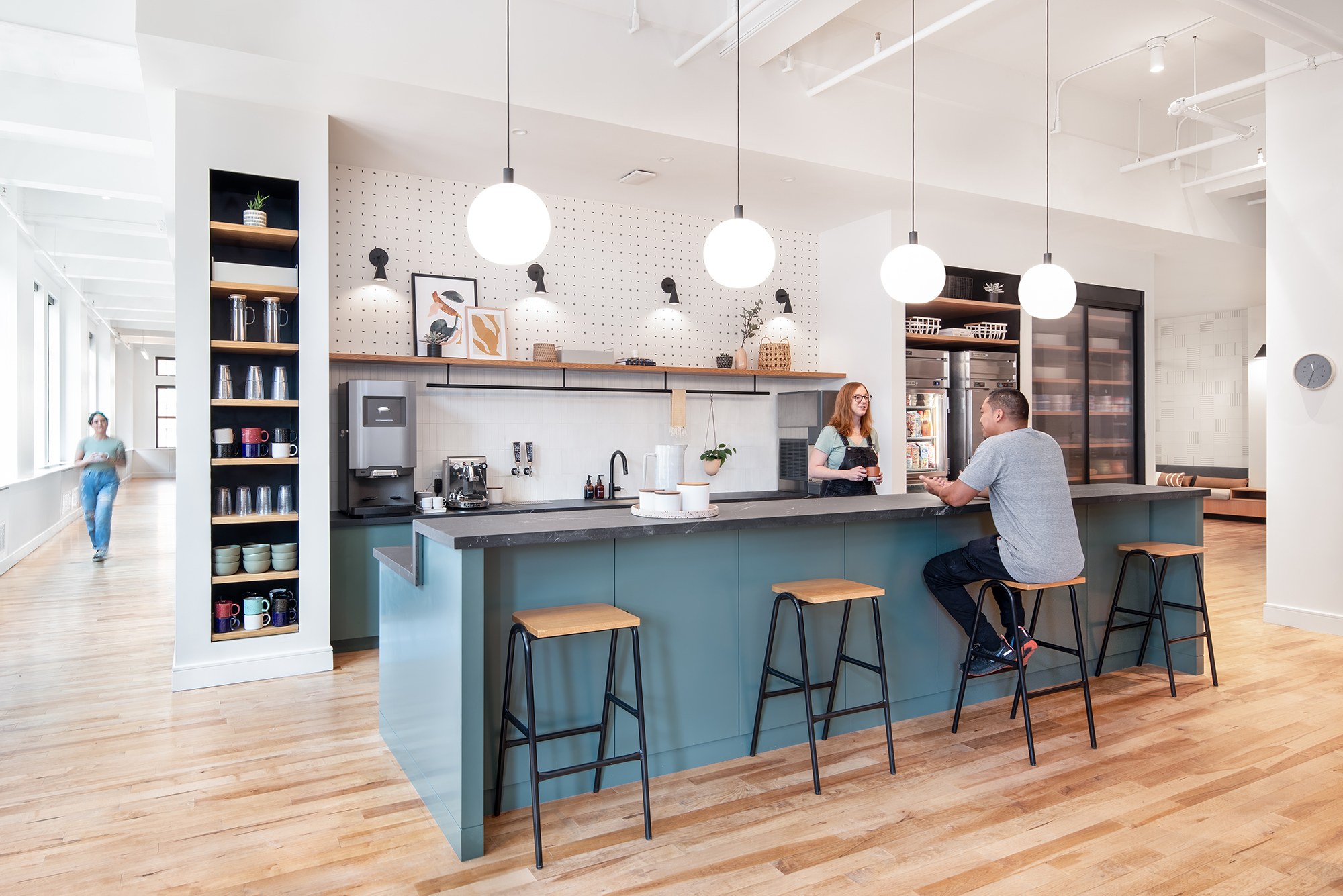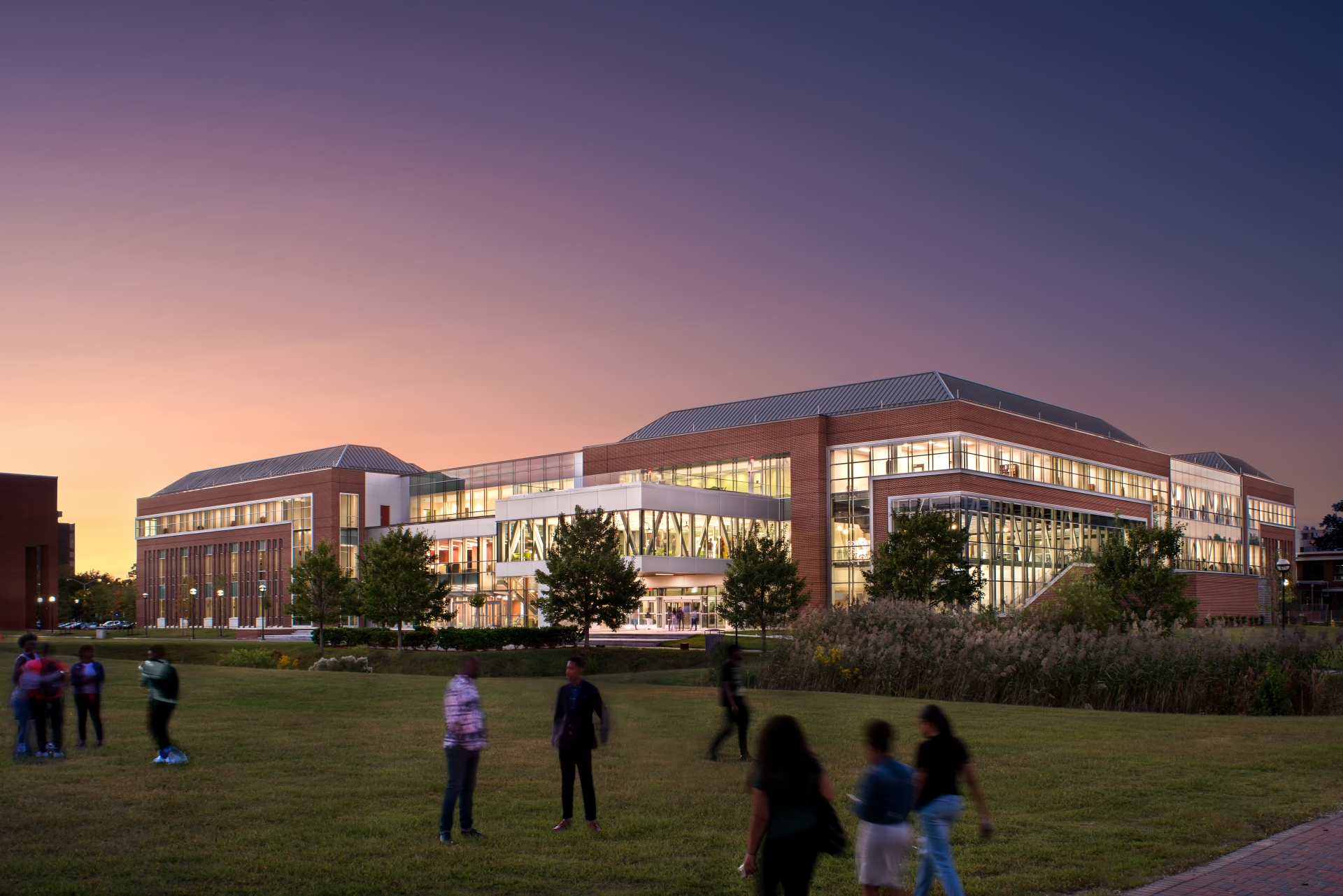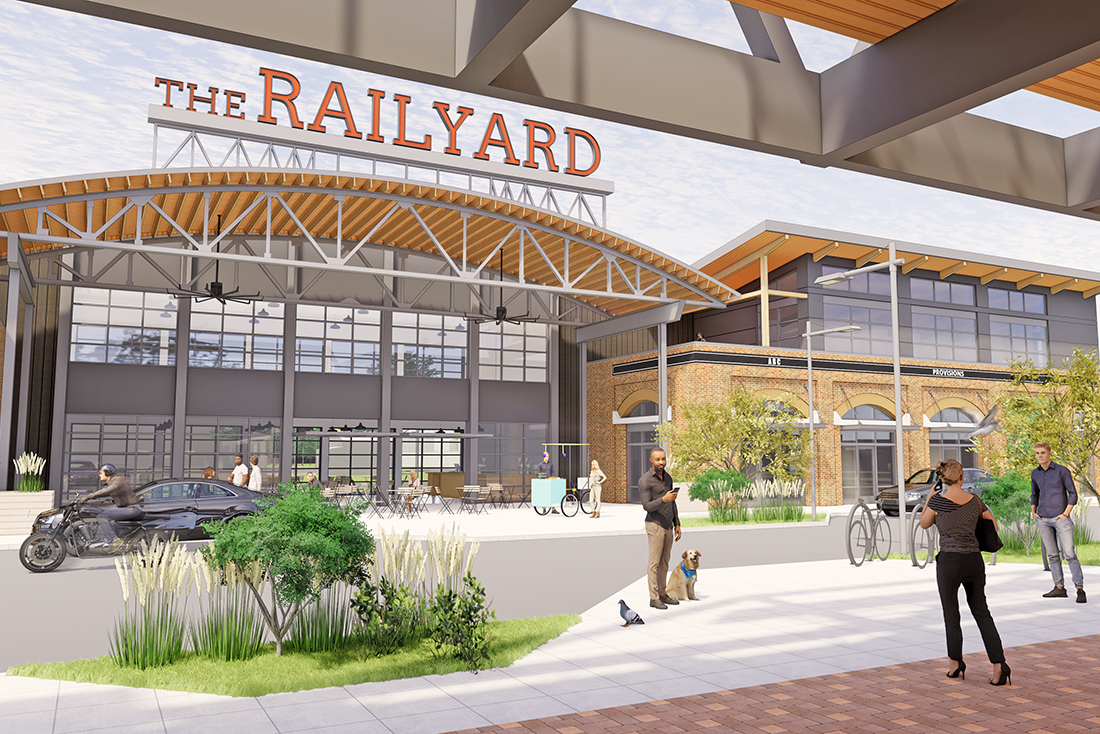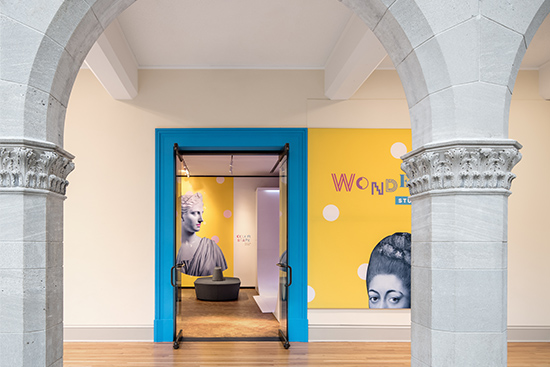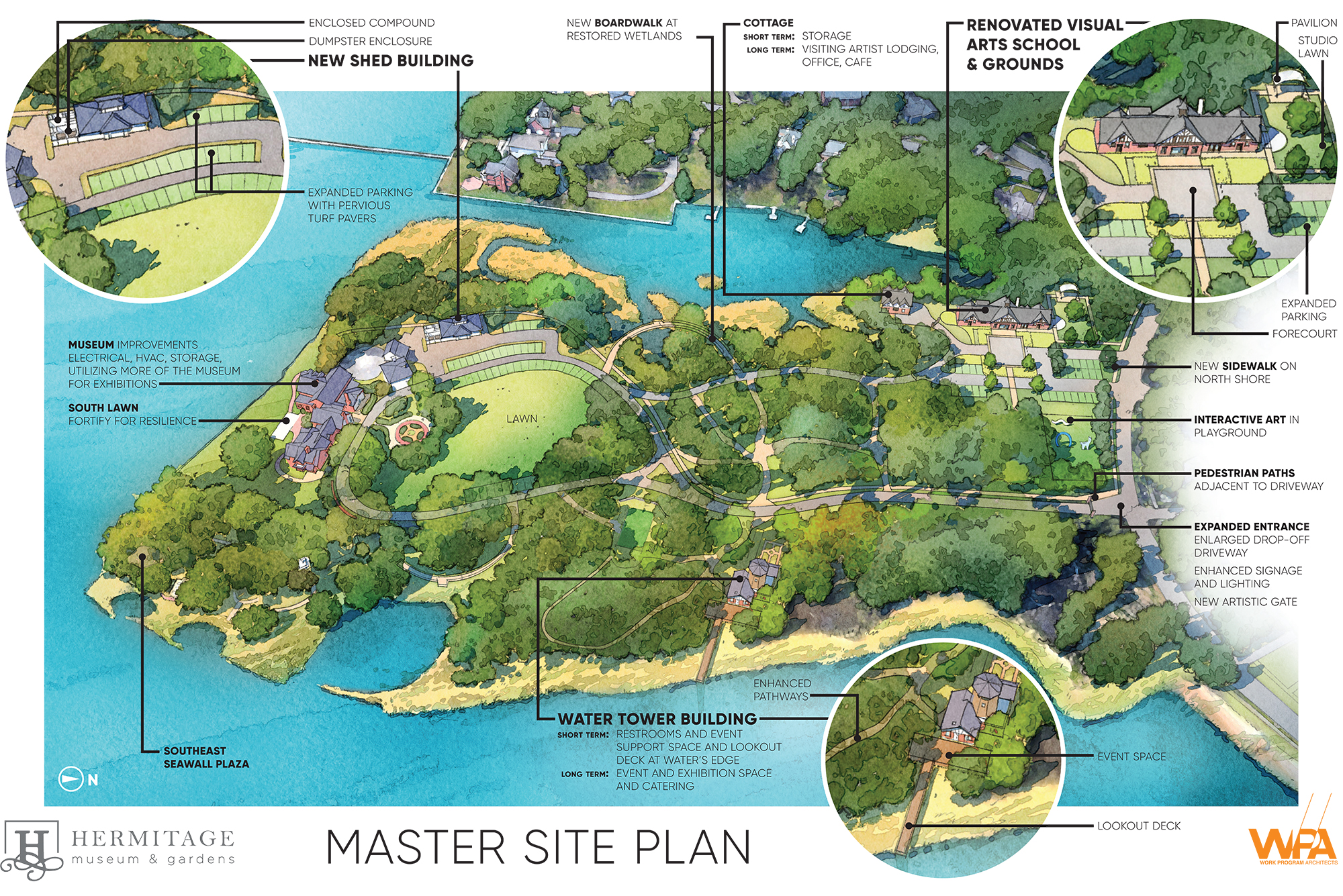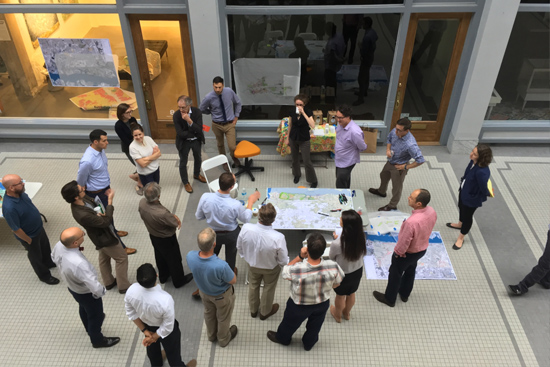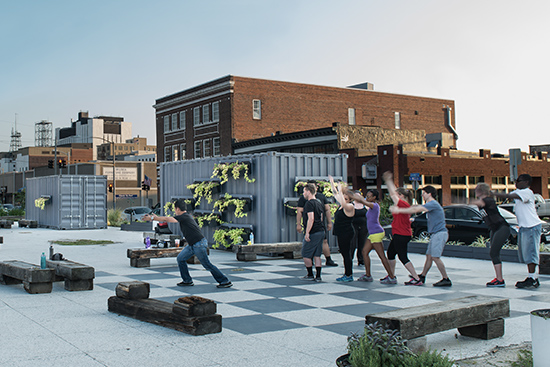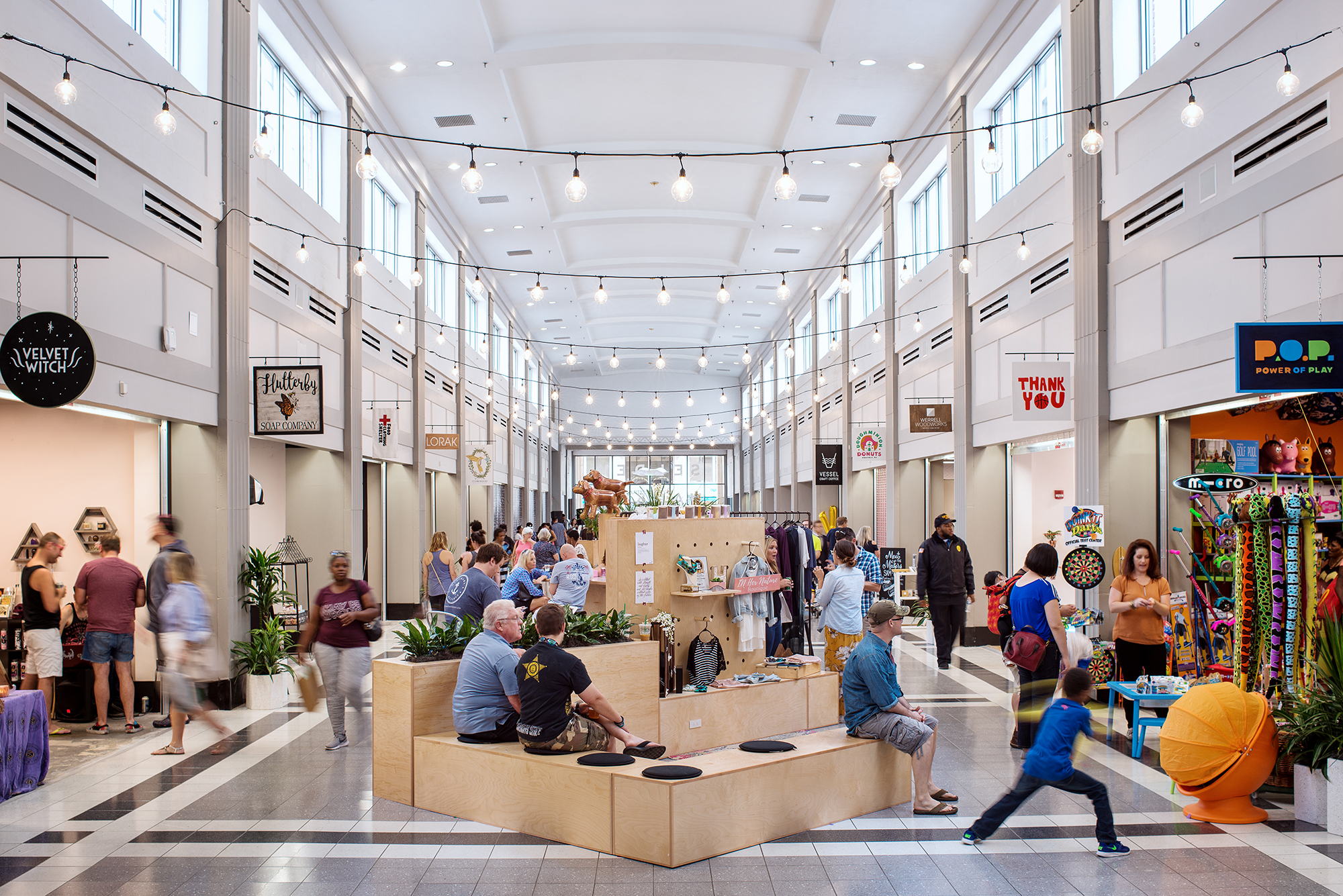Owner
Location
Size
131,376 square feet
4 floors
Completion Date
2027 expected
PROJECT DESCRIPTION
Norfolk State University’s New Science Building, designed by WPA and SmithGroup, will be a cutting-edge facility dedicated to immersive science education, collaboration, and sustainability. The four-story, 131,376-square-foot building, replacing the school’s Roy A. Woods laboratory building, will house teaching and research labs, classrooms, offices, a planetarium, and a greenhouse, with an architectural focus on flexibility and community engagement.
WPA and SmithGroup collaborated with NSU’s Steering Committee to establish six project goals for the new Science Building:
- Immersive Science: The building will actively advocate for science as a display and educational tool
- Community of Collaboration: Encourage collaboration between departments, faculty, and students
- Leading-Edge Design: Transformative and inspirational architecture, aiming for LEED Gold
- Visionary: Embody the aspirational future of Norfolk State University
- Student Centered: Supporting and empowering students to achieve success
- Fiscally Responsible: Sustainable, flexible and adaptable. On time and within budget.
The laboratories form the nucleus of the building, while the planetarium and greenhouse are clearly defined in the building’s exterior form. The space between each of the structure’s program pieces creates more opportunities for interaction.
GROUND FLOOR FEATURES:
- Planetarium
- Greenhouse
- DNIMAS Honors Program
- STARS Learning Center
- Maker space
- Science shop
- Computer lab
- Classrooms
- Student study spaces
- Offices
- Back-of-house loading and storage area
UPPER FLOORS FEATURES:
- Modular research and teaching labs arranged around a central support core for intuitive navigation
- Perimeter includes offices, classrooms, and collaborative study spaces, allowing for ample daylighting
- Faculty offices located near student areas to foster interaction and a sense of community
Key considerations in siting the new building included the need to address both the public entrance to the north at Gate 3 and the student-focused entrance to the south on Greek Row, allow for expansion of the future science quad, respect the nearby Lyman Beecher Brooks Library, and create a beautiful, engaging outdoor educational environment along a daylighted culvert for the Ohio Creek watershed. The “habitat” that the building sits within is formed by the landscape that grounds the building, improves campus life, and manages stormwater.





